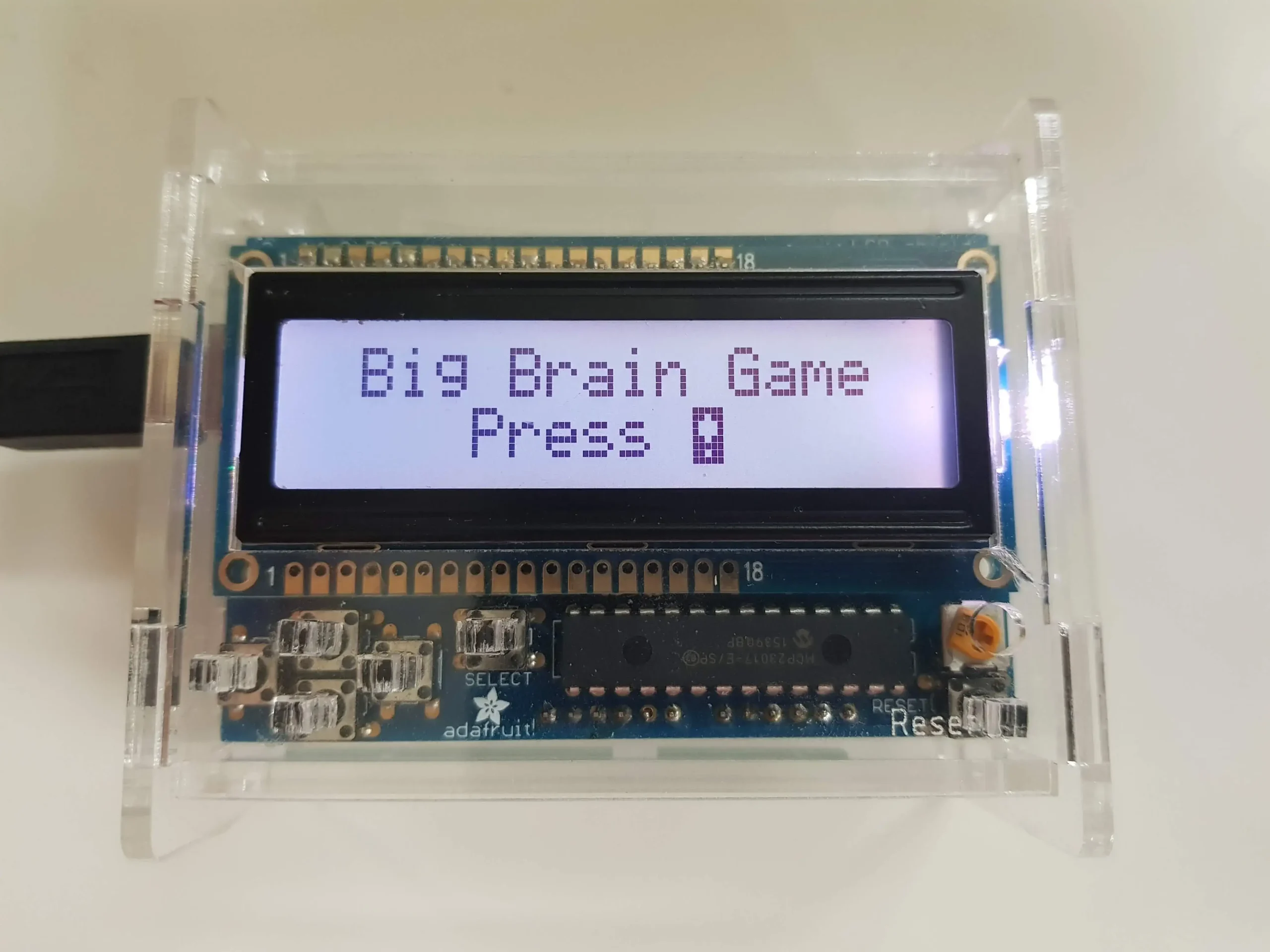The intersection of Arduino and gaming has opened up a realm of possibilities for enthusiasts and developers alike. In this article, we explore the fascinating question: Can League of Legends, one of the most popular online multiplayer games, be transformed into an Arduino game?
What is Arduino?
Arduino stands as a versatile open-source electronics platform, celebrated for its simplicity and flexibility. Positioned as a creative haven, it empowers developers to conceive interactive projects, ranging from basic prototypes to intricate gadgets.
Connecting Arduino and Gaming:
In this section, we delve into the symbiosis between Arduino and gaming, uncovering how this hardware can transcend mere functionality to elevate the gaming experience. We’ll explore the compatibility of Arduino with various games, emphasizing its potential impact on popular titles.
Arduino Game Development:
Understanding the rudiments of Arduino game development is fundamental to our exploration. Here, we discuss the core elements and delve into the unique challenges and possibilities associated with the creation of games using Arduino as the development platform.
Implementing League of Legends on Arduino:
A closer look at the feasibility of integrating the complex gaming world of League of Legends onto the Arduino platform is our focus here. We dissect the intricate technical challenges, ranging from processing power constraints to graphical limitations, navigating the hurdles and opportunities that arise in bringing LoL to Arduino.
Feasibility Considerations:
In assessing the feasibility of integrating League of Legends onto the Arduino platform, we meticulously examine the technical landscape. This includes an in-depth analysis of processing power constraints that may challenge the intricate demands of LoL’s gameplay dynamics.
Graphical Challenges:
Unpacking the graphical limitations posed by Arduino, we delve into the potential obstacles in rendering the visually rich world of League of Legends. This section navigates through the complexities of adapting a graphically intensive game to a platform renowned for its resource modesty.
Hurdles and Opportunities:
Beyond the technical intricacies, we explore the broader spectrum of hurdles and opportunities that emerge in the quest to bring LoL to Arduino. This involves considerations of user experience, potential modifications to gameplay dynamics, and the collaborative efforts needed to surmount challenges and leverage opportunities.
Arduino Game Controller for League of Legends:
This section concentrates on constructing a bespoke game controller specifically designed for League of Legends enthusiasts. We explore how a personalized controller can go beyond conventional peripherals, significantly enhancing the user experience and providing a unique, immersive interaction with the game.
Customization Beyond Conventional Peripherals:
This segment focuses on the core concept of constructing a bespoke game controller tailored explicitly for League of Legends enthusiasts. We explore how this personalized controller extends beyond the capabilities of conventional peripherals, offering a nuanced and tailored approach to interacting with the game.
Enhancing User Experience:
Delving deeper, we uncover the ways in which a personalized Arduino game controller can significantly enhance the user experience within the realm of League of Legends. From ergonomic considerations to intuitive controls, this section details the elements that contribute to a heightened and unique gaming interaction.
Immersive Interaction Design:
In this sub-section, we venture into the realm of immersive interaction design. We discuss how the Arduino game controller for League of Legends can transcend traditional interfaces, providing players with a novel and engaging way to immerse themselves in the gaming experience.
These detailed explorations into the technical nuances and design intricacies underline the multifaceted challenges and opportunities encountered when integrating League of Legends with Arduino, as well as the innovative possibilities inherent in crafting a specialized game controller for an immersive gaming encounter.
Community Projects:
Diving into the dynamic DIY community, we shine a spotlight on exemplary Arduino-LoL projects. From ingenious mods to creative adaptations, we showcase the collaborative spirit and innovation that propels these community-driven initiatives, fostering a vibrant ecosystem.
Advantages and Limitations:
A balanced and objective analysis is pivotal in assessing the advantages and limitations of Arduino-LoL integration. We explore the potential benefits, such as heightened interactivity and engagement, while also acknowledging the constraints and drawbacks inherent in this ambitious fusion of hardware and gaming.
Future Prospects:
In this forward-looking section, we discuss emerging technologies poised to bridge the gap between Arduino and gaming. From the integration of advanced sensors to the possibilities presented by augmented reality, the future holds exciting prospects for the continued evolution of hardware within the gaming landscape.
Conclusion: In conclusion, the marriage of League of Legends and Arduino presents both challenges and opportunities. While the technical hurdles are significant, the passion and creativity of the community may pave the way for groundbreaking developments in Arduino gaming.
